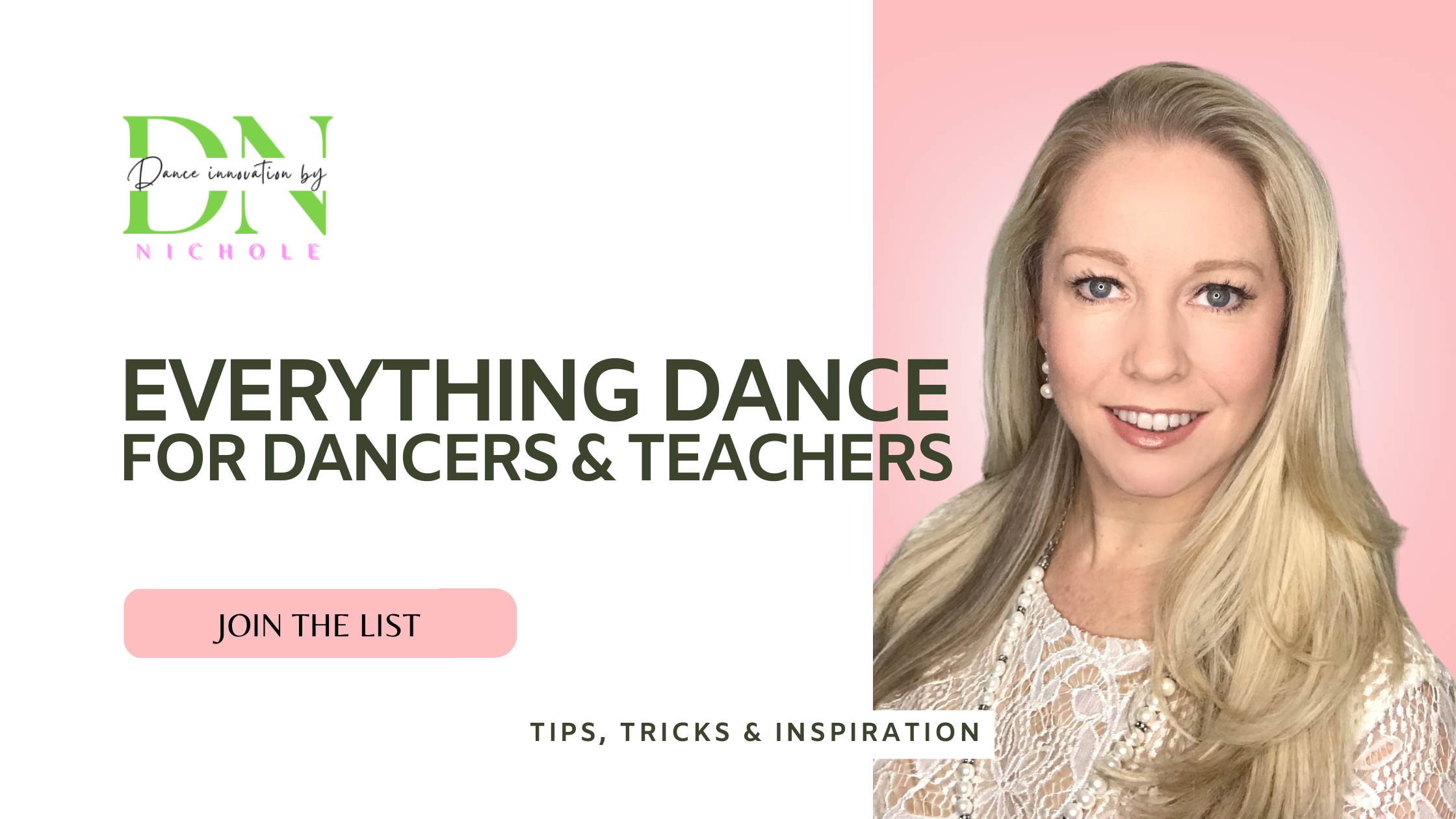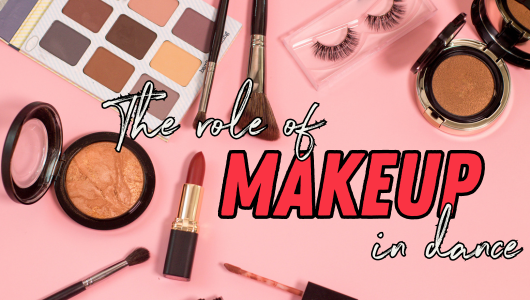In the vibrant world of dance competitions, every detail counts. The impact of visual presentation can be profound, influencing both scores and perceptions in ways that can tip the balance between a good performance and a great one.
Makeup in dance is far more than just cosmetic enhancement; it is an integral part of a dancer’s toolkit. Its primary function is to ensure that facial expressions are visible to the audience and judges, even from the furthest seats in a theater. Strong, exaggerated makeup enhances facial features, making expressions clear and readable during a performance.
However, the role of makeup extends beyond mere visibility. It also helps in creating the character or the mood of the dance. For instance, a dark, smoky eye can intensify a dramatic Contemporary routine, while a bright, colorful palette might complement a lively Musical Theater piece. The choice of makeup style can reflect the story or theme of the dance, adding depth and context to the performance, which judges and audiences appreciate.
Here are four notable examples of how impactful makeup has been in various performances:
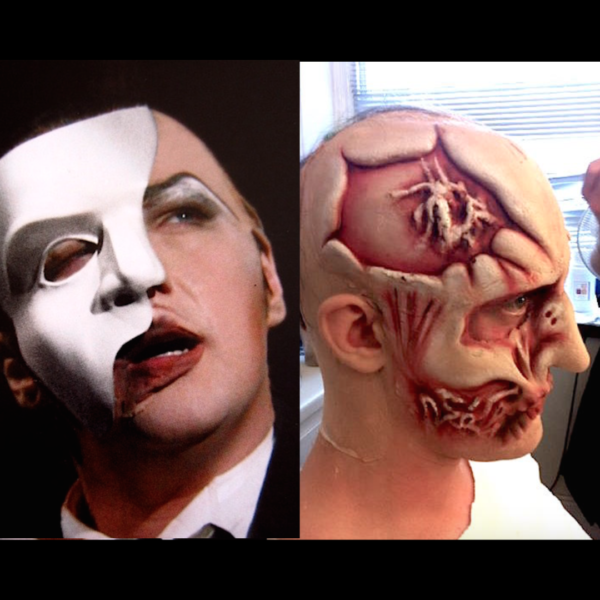
“The Phantom of the Opera” – Phantom’s Face/Mask: In this iconic musical, the Phantom’s half-mask, combined with the dramatic makeup on his disfigured side, underscores his mysterious and tormented nature. The stark contrast between the mask and the makeup highlights his dual nature and adds depth to his character, enhancing the emotional impact of the performance.
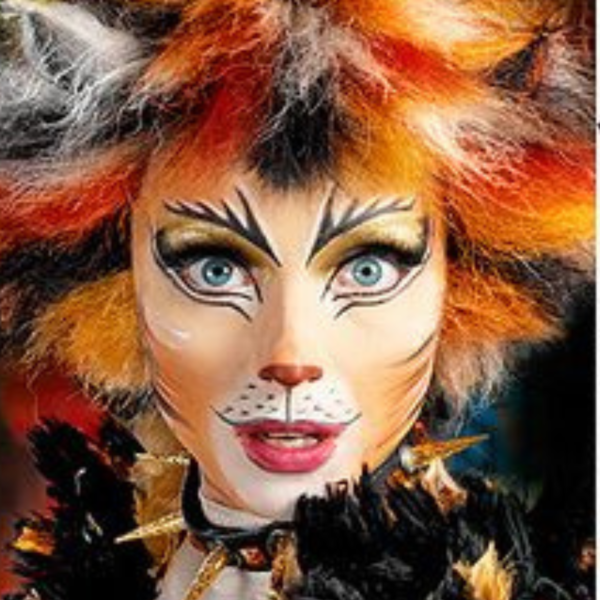
“Cats” – Character Makeup: The elaborate feline makeup in Andrew Lloyd Webber’s “Cats” is crucial for transforming human actors into convincing cats. Each character’s makeup is tailored to their personality traits, using patterns and colors that reflect their character’s attributes and movements, greatly enhancing audience immersion.
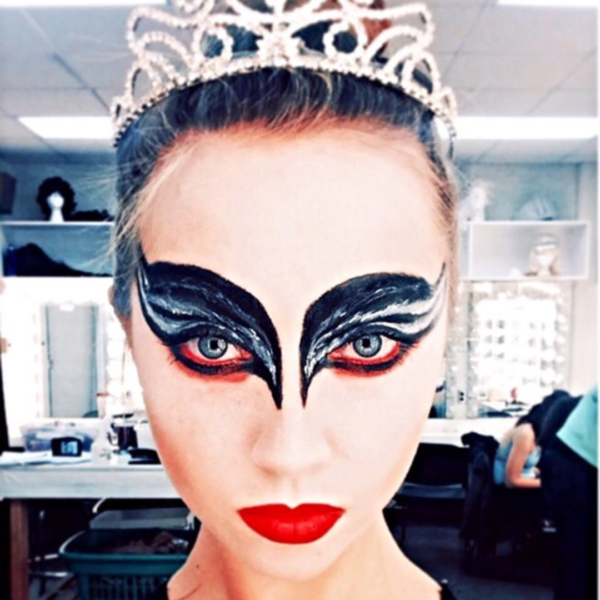
“Swan Lake” – Odile’s Black Swan Makeup: For Odile, the Black Swan, her dark, dramatic eye makeup contrasts sharply with Odette’s (the White Swan) purity and innocence, visually cueing the audience to her cunning and seductive nature, pivotal in advancing the ballet’s plot.
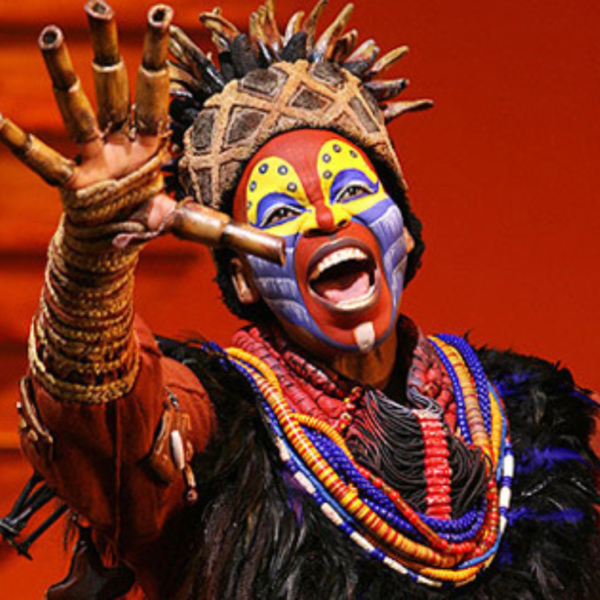
“The Lion King” – Tribal Makeup: The makeup in “The Lion King” uses bold, tribal patterns that reflect traditional African art. This not only enhances the authenticity and aesthetic of the show but also helps in distinguishing characters and tribes, adding an additional layer of storytelling that complements the costumes and choreography.
Never underestimate the importance of makeup in dance competitions or any stage performance. It helps enhance the storytelling, improve visibility of expressions, and contribute significantly to overall performance. A thoughtful, well-executed presentation can turn a routine from merely memorable to truly standout. This attention to detail is what often separates the top performers from the rest in the competitive dance arena.
